Economic

Government vows to maintain the present tax regime stable for 5 years
Sri Lanka’s tax regime will be maintained stable at the present level in the next five years without undergoing any changes, Presidential Secretary Dr. P.B. Jayasundara has vowed sternly.
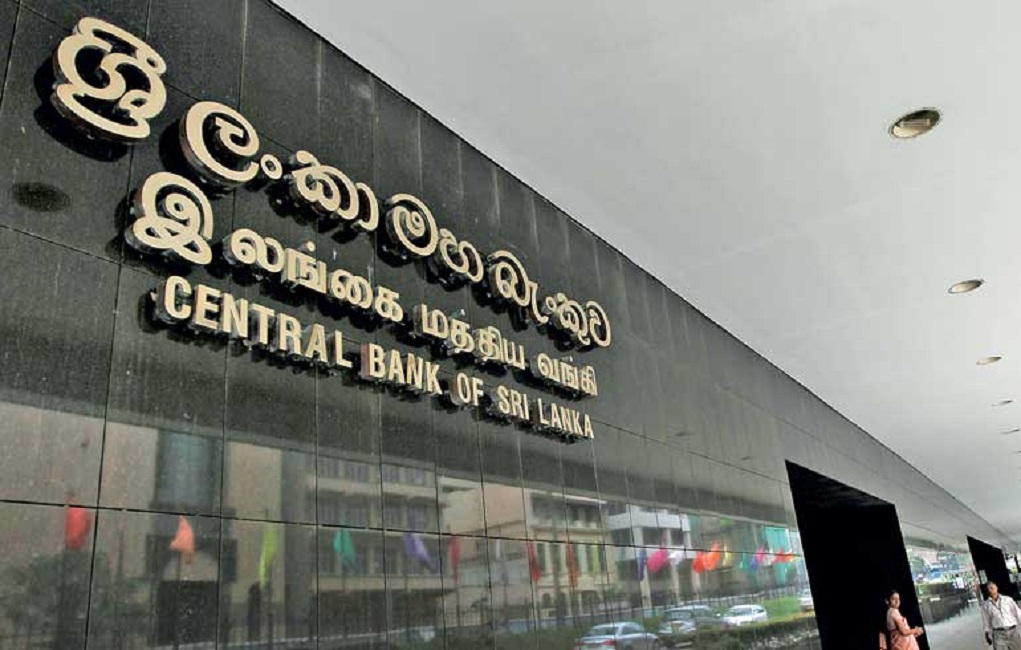
Sri Lanka promulgates a set of rules on export proceeds
The Monetary Board of the Central bank has issued a set of rules as published in the Gazette Extraordinary No. 2215/39 dated 18.02.2021 in respect of receipt of export proceeds into Sri Lanka and conversion of such export proceeds into Sri Lanka Rupees.

Government to utilise foreign loans of USD 1.4 billion in 2021
The planned annual utilization of foreign loans as agreed with the World Bank, Asian Development Bank (ADB) and Japan International Cooperation Agency (JICA) will be approximately USD 1,400 million with plans to obtain bilateral development loans of approximately USD 400 million.
This was revealed in the Report of the Committee on Public Finance presented in Parliament.
The government has pledged to utilize local resources, technology and knowledge to the maximum possible limits so that the most of the funds will be utilised within Sri Lanka.
It has also given special attention to enhance Digital Governance using Information Technology as a tool to simplify government mechanisms as well as market structures and processes, thus ensuring efficient and people-focused service delivery and exchange of knowledge.
Under the government's vision to create a ‘Technology based society and digitally inclusive Sri Lanka”, emphasis will be paid to expand the availability of mobile and fixed broadband services throughout the country by developing required infrastructure..
The Government also intends to introduce a simplified tax policy with a mandatory 'E-filing: system for all companies, and use of Tax Identification Number (TIN) in all tax related transactions.
It is also intended to launch suitable programmes to enhance the professional skills of the security forces in keeping with the Government's primary policy of "Priority to National Security" to provide "a safe and a secure country for all", in a medium term plan.
It is expected that the exchange rates (USD/LKR) will remain stable with minor fluctuations.
It is also expected that the real GDP growth rate will be 5.0 during the year 2020.
An economic stimulus package will be introduced to revitalize the economy through a simplified tax system relying on large transactions while reforming corporate management structures of State Owned Enterprises and combining effects on economic activities.
This has become necessary due to lockdown of the country coupled with imposition of curfew in selected areas to counter the spreading of COVID-19 and the country was expected to return to normalcy from mid 2020.
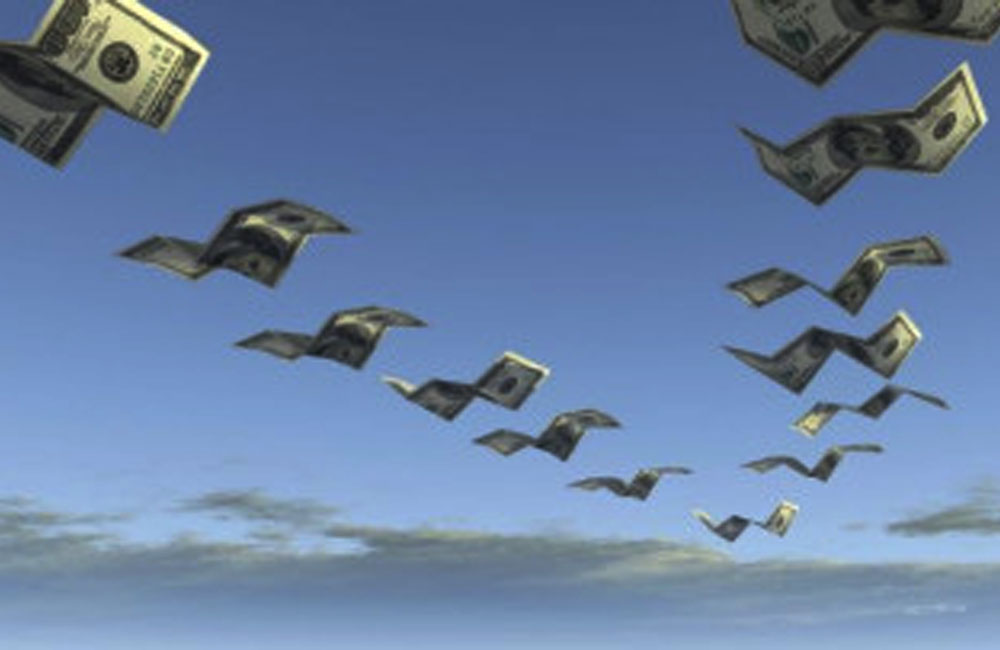
Government introduces measures aimed at restricting capital outflows
There are also import restrictions of certain goods, as well as prohibiting commercial banks facilitating imports of vehicles.
Outward remittances have been limited, while inward remittances will be exempted from certain regulations and taxes.
A scheme has also been introduced to insure investors against foreign exchange risk, by allowing domestic currency proceeds from qualified investments in treasury bonds to be converted at the same exchange rate as prevailed at the time of initial investment.
Commercial banks are prohibited from purchasing foreign currency denominated Sri Lanka International Sovereign Bonds until end-March 2021, senior CB official said.
A net outflow of foreign investment amounting to USD 10 million was recorded in the rupee denominated 553 million during 2020. The total outstanding exposure of foreign investment in the rupee denominated government securities market remained low at USD 37 million by the end of December, 2020.
There were net outflows of USD 16 million from the secondary market of the CSE in December 2020. On a cumulative basis, the CSE recorded a net outflow of USD 225 million, from both primary and secondary markets, during 2020.
Meanwhile, long term loans to the Government recorded a net outflow of USD 9 million in December 2020.
Gross inflows to the Government amounted to USD 2,002 million in 2020 compared to USD 6,570 million in 2019.
Gross official reserves at end December 2020 amounted to USD 5.7 billion. This level was equivalent to 4.2 months of imports.
Total foreign assets, which consist of gross official reserves and foreign assets of the banking sector, amounted to USD 8.5 billion at end December 2020, providing an import cover of 6.4 months.
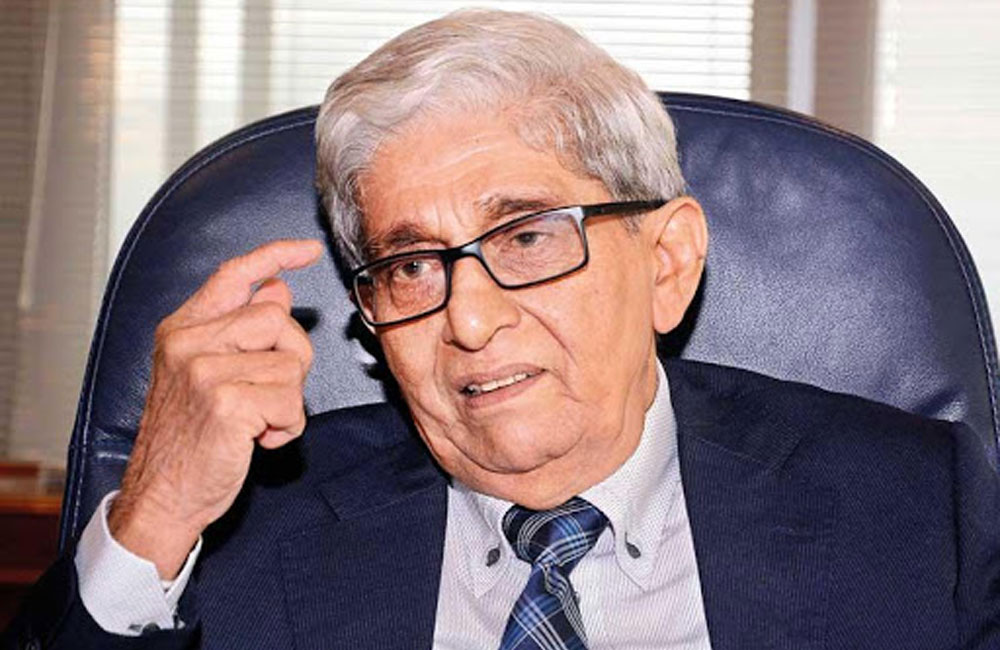
Sri Lankan economy gains a notable recovery: CB Governor
The Sri Lankan economy is expected to make a notable recovery in 2021, supported by policy stimulus and improving business sentiments, the Central Bank (CB) announced revealing that it has targeted 3-3.5 per cent growth in the first quarter this year.
Given the low inflation environment, the Central Bank is in the process of actively supporting the Government’s economic agenda focused on developing a production-based economy while focusing on non-debt creating investments.
Positive sentiments fuelled by the COVID-19 vaccination drive in the country and the impact of growth promoting policies are expected to support the economic revival over the short to medium term, Governor Prof. W.D Lakshman told a media conference in Colombo recently.
He said that credit to productive sectors is vital in ensuring a sustained economic recovery and the growth of credit to the private sector is expected to gather pace supported by low lending rates.
He disclosed that the Central Bank will be setting priority sector lending targets for banks on lending to the micro, small and medium scale enterprises (MSME) sector.
The rising demand for credit is to be driven by improving investor sentiments but the private sector credit has come down to LKR 25 billion in January from LKR 74 billion a month earlier.
The Central Bank has set a target of LKR 850 billion private sector credit growth to Micro, Small and Medium Enterprises (MSMEs) in 2021 to revive economic activity.
He reiterated that Sri Lanka has no intention of defaulting debt service obligation this year as it hopes to get more foreign inflows while strengthening the external sector performance.
He disclosed that the external sector performance is being closely monitored by the CB. Several successful meetings were held by the relevant government officials and the Central Bank with the stakeholders of the external sector to discuss ways and means to tackle challenges faced by them and increase foreign exchange inflows.
Discussions with the banking community and other stakeholders are ongoing to rectify deficiencies in extending credit to productive, growth-supportive, sectors.
Negotiations are underway with international agencies and donor countries for rapid financial instruments and necessary funding to strengthen foreign reserves, he said, expressing optimism on fulfilling debt servicing obligations.
Discussions are continuing on securing foreign financing. Furthermore, increased non-debt creating foreign exchange inflows are expected, supported by the measures introduced by the Government and the Central Bank.
In spite of adverse speculation, all debt service obligations of the Government have been duly met thus far in 2021, and the Government remains committed to maintaining its impeccable debt service record in the future as well.
Sri Lanka foreign reserves will fall to uncomfortable levels after the July 2021 repayment of USD 1 billion is repaid, economic experts said, but CB officials expressed optimism in boosting reserves.
Forex reserves were estimated at USD 4.6 billion in February 2021, down from USD 4.8 billion a month earlier, Director of Economic Research, Chandranath Amarasekara said. (Sunday Times)

Manufacturing and service sectors drive economic recovery
Sri Lanka’s industrial sector is set to drive the country’s economy this year (2021) with real GDP growth is expected to gain 4.8 percent due to more favorable base effects from the earlier forecast of 4.2 percent, Fitch ratings agency claimed.
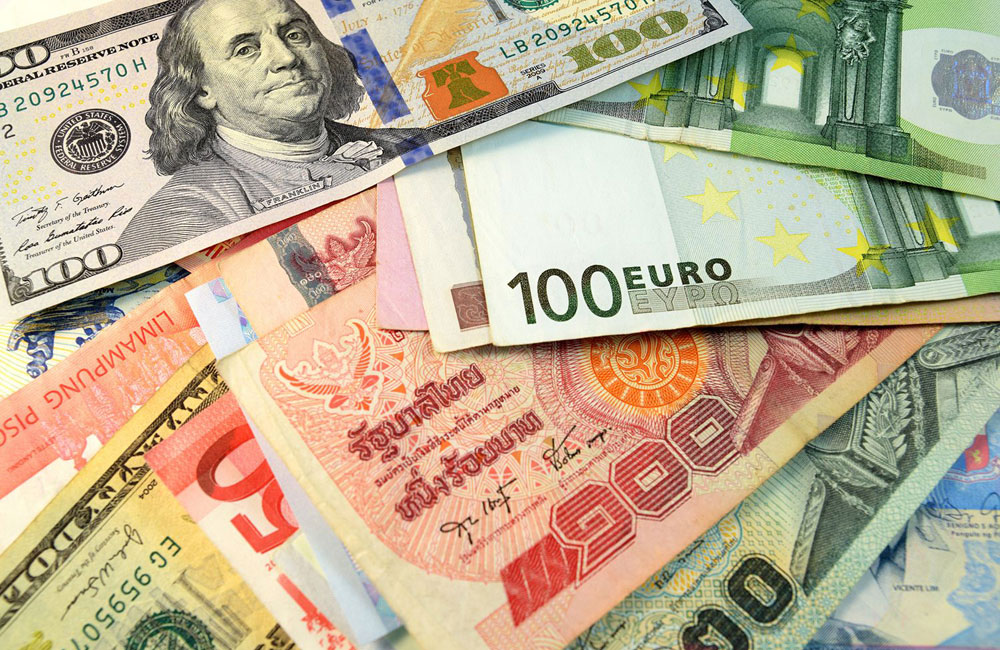
Sri Lanka foreign reserves fall to uncomfortable levels after July
Sri Lanka foreign reserves will fall to uncomfortable levels after the July 2021 repayment of USD 1 billion is repaid but they may still muddle through next year.
Forex reserves were estimated at USD 4.6 billion in February 2021, down from USD 4.8 billion a month earlier, Director of Economic Research, Chandranath Amarasekara said.
“Official reserves were provisionally estimated at USD 4.6 billion by the end of February,” Amarasekara said.
In 2021, the total debt service payment is estimated to be USD 6865 million and USD 1514 million as interest payments.
These details were revealed in a memorandum of financing the Budget 2021 formulated by the Finance Ministry recently.
The interest payments and capital repayment of Foreign Currency Banking Unit loans( FCBUs) and SLDBs are estimated at USD 2664 million.
During the year 2021, it is expected to raise USD 2000 million (LKR 376 billion) through the issuance of SLDBs, Memorandum disclosed.
In addition, USD 1170 million worth of FCBUs raised from the Bank of Ceylon and the Peoples Bank will be matured this year and the Treasury will raise loans to repay it from the same channel.
The government will also be appealing for international investors to roll over bonds maturing this year, a further sign of the island nation's grim financial situation.
The government estimates gross FX reserves of USD 5.86 billion in Oct is enough to cover about 55% of total external financing requirements.
Capital and import controls help slow the pace of reserve decline and the rupee does not look grossly misaligned.
If we assume that short term debt and official loans are rolled over, and China lends an additional USD 800 million to Sri Lanka in 2021, reserves should fall to USD 3.5 billion at the end of 2021 giving the authorities enough wiggle room to muddle through next year.
The Central Bank repaid a USD 400 million swap to the Reserve Bank of India in February 2021.
Deputy Governor Dhammika Nanayakkara said that it had not sold any dollars to defend the rupee during the month.
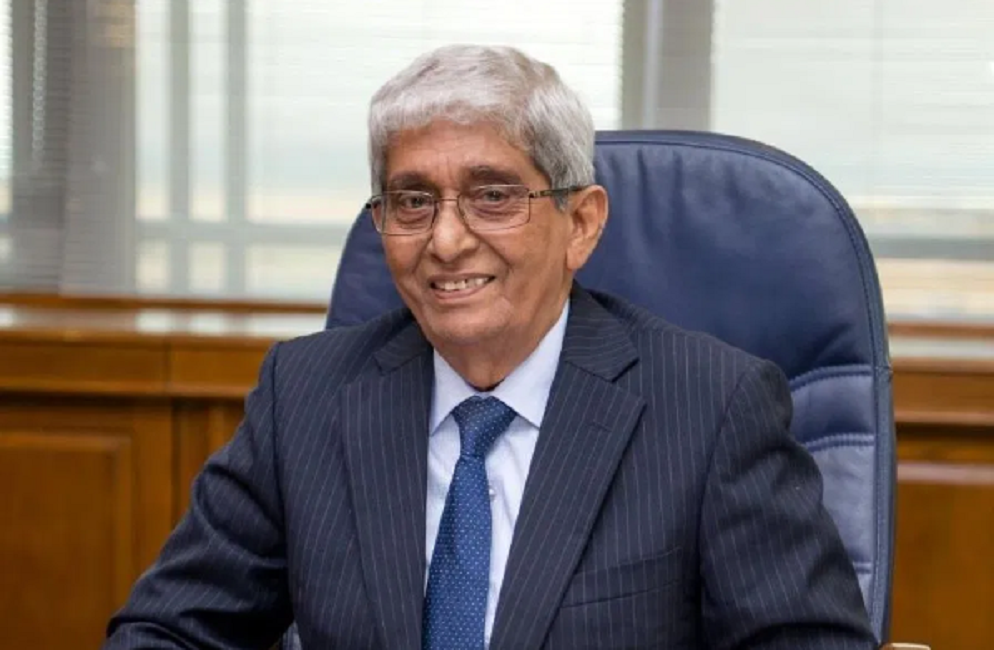
Central Bank Governor presents a rosy picture of the economy
Sri Lanka’s economy is managed through new policies in an ‘alternative way’, Central Bank Governor Prof. W.D. Lakshman said, rejecting economic experts' claim of fiscal and monetary setback in the second quarter of 2020 which predicted a doom and gloom situation for 2021.
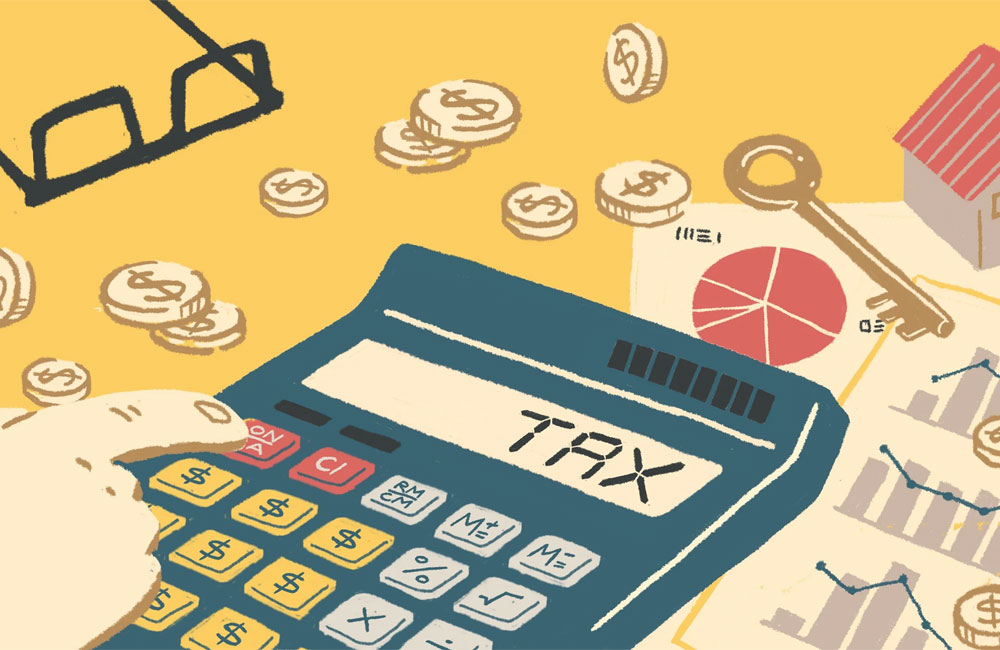
New taxation with policy clarity gives impetus for businesses
Sri Lankan businesses have been assured a new beginning with policy clarity under the Covid-19 new normal situation following the introduction of a novel taxation system proposed in budget 2021.
The Treasury announced recently that a swing of taxes will be submitted to the Cabinet of Ministers and thereafter, the relevant tax amendment bills are to be presented in parliament before April this year.
Treasury Secretary S.R. Attygalle told reporters that income and corporate tax changes, plus new goods and services tax proposed in Budget 2021 will be enacted in parliament soon.
Legislation is also being drafted to charge 1% tax on any previously undeclared foreign exchange brought into Sri Lanka.
He said legal provisions will be given to entrepreneurs to return such forex funds for investment in Sri Lanka and they will be liable to a tax of only 1%.
Opposition parties have been vehemently protesting this move alleging the Government of encouraging money laundering.
However, Attygalle said most of the proposals had already been presented to Cabinet and the Legal Draftsman was mid-way in formulating amendments to the Monetary Act to legalise the 1% tax for undeclared forex brought back into the country.
Sri Lanka’s tax collection efficiency will be improved through the introduction of an online-managed single Special Goods and Service Tax (GST) in place of the various goods and service taxes and levies commencing from April.
This GST is now set to be enforced under multiple laws and institutions on alcohol, cigarettes, telecommunication, betting and gaming and vehicles, which accounts for 50% of the income from taxes and levies.
It is expected through this reform to direct institutions under special legislation such as the Excise Ordinance to have a more focused regulatory engagement in facilitating the government to secure its revenues otherwise lost through sale of illicit alcohol and cigarettes, Finance Ministry sources said.
Relevant documents including the Finance Bill relating to the implementation and enactment of the tax are now being drafted to present and pass it in parliament soon, a senior Treasury official said, adding that this single tax will further simplify the country’s taxation system replacing several taxes under the new GST bill.
The new tax, one of the key proposals in the 2021 budget, will be determined before its implementation soon, he said, adding that the estimated revenue from this tax would be over LKR 670 billion.
The government is expected to raise around LKR 1.7 trillion from direct and indirect taxes this year, provisional data and economic model calculations revealed.

Ban on forward contracts of foreign exchange leads to commodity price hike
In view of the need to avoid excess volatility in the foreign exchange market and the impact on banks risk management, licensed commercial banks have been directed to refrain from entering into forward contracts of foreign exchange for a period of three months with immediate effect.
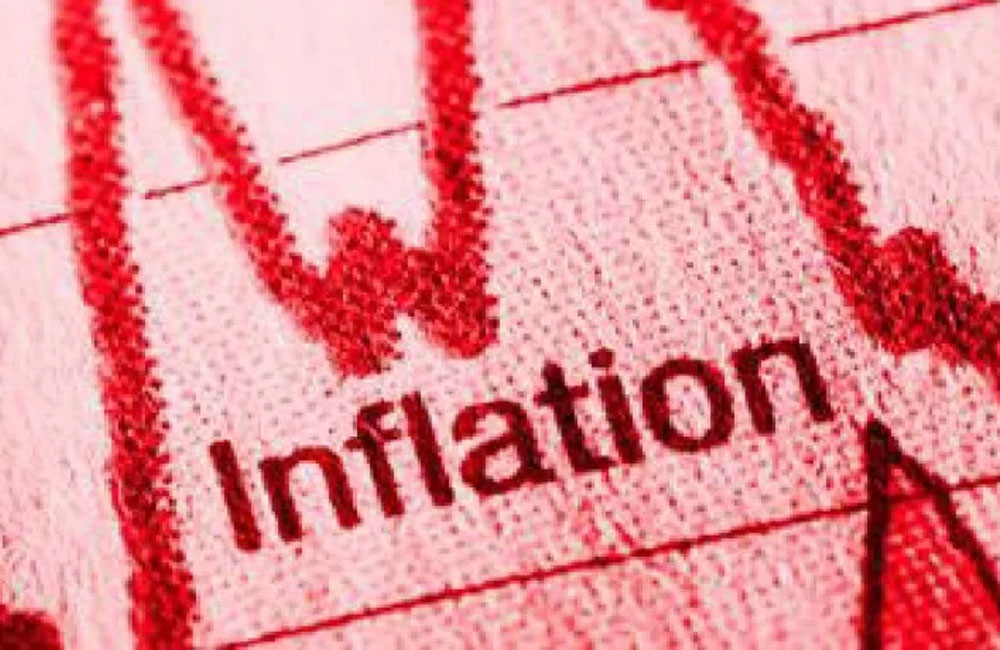
Sri Lanka's inflation increases marginally in February
Sri Lanka's inflation rate has been continuing in a sudden slump during Covid-19 crisis period to around 3 to 3.5 percent due to price hike in food and non food items, official sources said.
Head line inflation increased to 3.3 per cent in February 2021 from 3.0 per cent in January 2021. This was driven by monthly increase of prices of items in both Food and Non-food categories, Central Bank announced.
Meanwhile, Food inflation (Y-o-Y) increased to 7.9 per cent in February 2021 from 6.8 per cent in January 2021.
However, Non-food inflation (Y-o-Y) decreased marginally to 1.3 per cent in February 2021 from 1.4 per cent in January 2021.
The change in the CCPI measured on an annual average basis decreased to 4.1 per cent in February 2021 from 4.3 per cent in January 2021. Monthly change of CCPI recorded at 0.31 per cent in February 2021.
This was due to price increases observed in items of both Food and Non-food categories. Moreover, monthly changes of Food and Non-food categories recorded at 0.23 per cent and 0.08 per cent, respectively, in February.2021.
Accordingly, within the Food category, prices of vegetables, green chilli, chicken and eggs increased in February 2021.
However, the price of potatoes recorded a decline during the month. Meanwhile, prices of items in the Non-Food category recorded an increase during the month mainly due to price increases observed in the Transport (tyres, tubes and spare parts) and Housing, Water, Electricity, Gas and Other Fuels (maintenance/ reconstruction) sub-categories.
The core inflation (Y-o-Y), which reflects the underlying inflation in the economy, decreased marginally to 2.6 per cent in February 2021 from 2.7 per cent in January 2021.
Moreover, annual average core inflation also decreased marginally to 3 per cent in February 2021 from 3.1 per cent in January 2021.
The Colombo Consumer Price Index (CCPI, 2013=100) is compiled by the Department of Census and Statistics.

Government bonds tumble amidst foreign reserve depletion
Sri Lanka is facing foreign reserve depletion with the repayment of USD 400 billion currency swap with India and no sign of impending foreign funding, eminent economic experts claimed.
Page 5 of 22